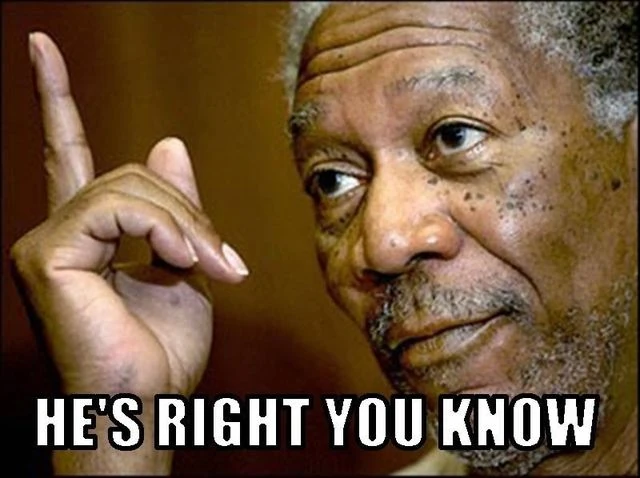EddieBrock
Hall of Fame
A pattern I've noticed in doubles is that I tend to miss a lot more basic volleys into the net than I do in singles. These aren't lunging, full stretch or low volleys, but just basic ones where I have plenty of time. Usually this happens when the 2 baseline players have been hitting cross court for a while and then the net man volleys towards me or even a shot from the baseline player. The volley from the opposing net player isn't a slam or anything, just a regular volley at a normal height. I don't know how to explain it, but I see the ball coming, step in, do the normal volley motion and it almost seems like slow motion as the ball goes into the net.
If it was just a couple times I'd understand it, but it happens way too often. In singles or when I'm approaching the net in doubles and volley I can volley great. Also in clinics I'm pretty good at the net. What can I do differently in these matches?
If it was just a couple times I'd understand it, but it happens way too often. In singles or when I'm approaching the net in doubles and volley I can volley great. Also in clinics I'm pretty good at the net. What can I do differently in these matches?

